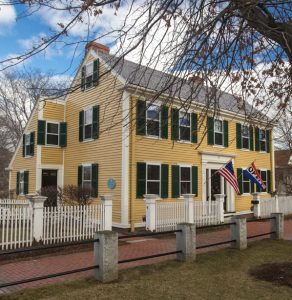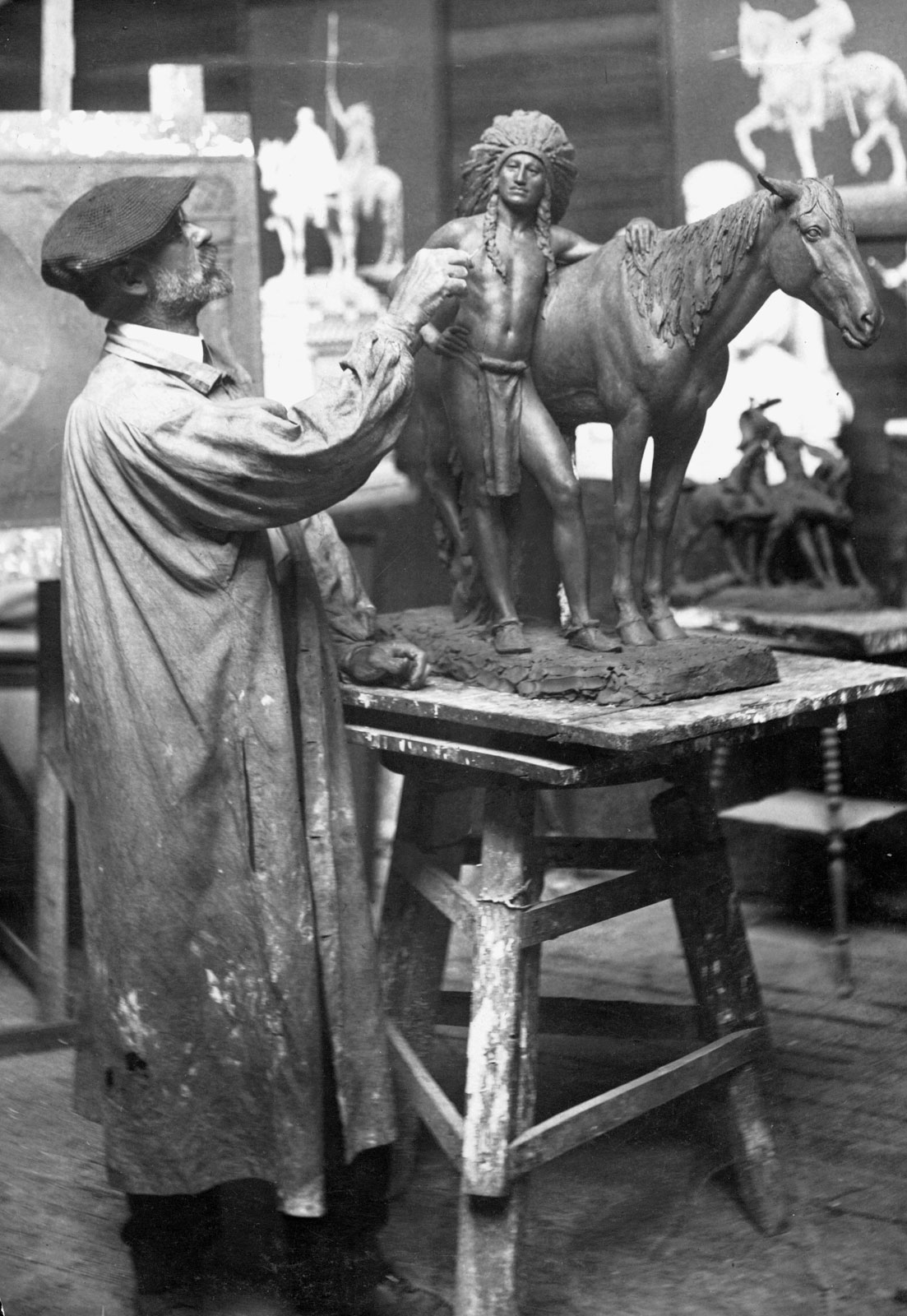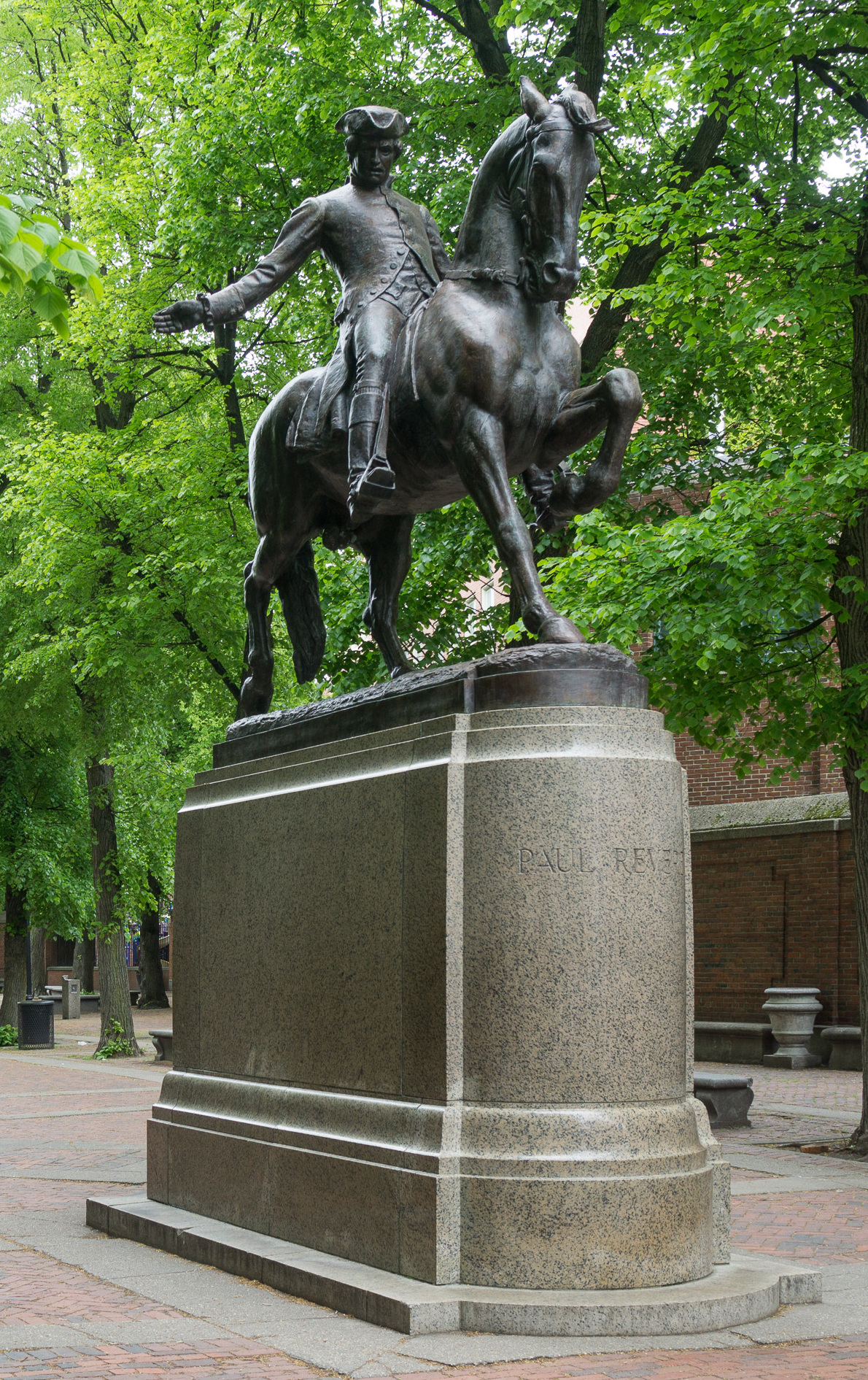Reflections on a Nearly-Complete Summer Practicum

At this time of year, many Tufts Museum Studies students are wrapping up their summer practicums. And while most of us have had to adapt to working from home due to the ongoing pandemic, our experiences have still been productive and rewarding! Personally, I have spent the past eleven weeks as an intern at the Cyrus Dallin Art Museum in Arlington, Massachusetts, and with just a week and a half to go in my internship, now seems like the perfect time to reflect on my experience.

The Cyrus Dallin Art Museum is a single-artist museum focusing on the works of American sculptor Cyrus Edwin Dallin (1861–1944). A native of Springville, Utah, Dallin relocated to the Boston area in 1880 to study under sculptor Truman Bartlett. While Dallin is probably best known locally for Appeal to the Great Spirit (1908), which stands outside the Museum of Fine Arts, and his equestrian sculpture of Paul Revere in Boston’s North End (1940), his works can be found around the country. In addition to his work as a professional artist, Dallin spent more than four decades as a faculty member at the Massachusetts College of Art and Design, teaching sculpture to hundreds of students, many of whom went on to become professional sculptors themselves. He was also an outspoken advocate on behalf of Indigenous peoples, and was a longtime member of the Eastern Association of Indian Affairs. Dallin passed away in Arlington in 1944, but his legacy lives on through the museum that bears his name.

Under the supervision of Heather Leavell, Director and Curator of the Dallin Museum, I’ve had the opportunity to learn more about Dallin’s life and works through a variety of projects. At the beginning of the summer, I spent several weeks researching Dallin’s teaching career at MassArt, with the goal of learning more about his relationships with his students. Based on the archival materials preserved at MassArt—including yearbooks, student newspapers, annual portfolios, and more—it’s clear that Dallin was beloved by his students, who affectionately referred to him as “Cyrus the Great.” In a yearbook from 1939, students wrote that Dallin’s “genius, kindliness and wondrous wisdom have left a lasting impression on many a class. […] He is truly a rare combination of great artist, teacher, and fine man, mellowed with a searching understanding of the great puzzle—art.”

I also spent time researching a few MassArt students who are known to have become successful professional sculptors after studying under Dallin. One such student, Bruce Wilder Saville, had a lot in common with Dallin: Saville went on to teach sculpture at Ohio State University and the Columbus Art School, and was known for his large-scale war memorials.
Finally, I’ve recently been working on a project with a member of the Dallin Museum’s Nonprofit Board of Directors creating Wikipedia pages for Dallin’s various sculptures. Having grown up in central Pennsylvania, I was especially interested in researching two of Dallin’s memorials located near my hometown: Cavalryman (1905) in Hanover, PA, and General Winfield Scott Hancock (1913) in Gettysburg. The results of my research should be publicly available on Wikipedia by the end of the summer!
Having the opportunity to work on several different research projects over the course of the summer has allowed me to learn a lot about a significant local artist, as well as the workings of a small art museum, and I’m so grateful for this experience. Have questions about the Tufts Museum Studies practicum requirement, or reflections on your own internship experience? Let us know in the comments!